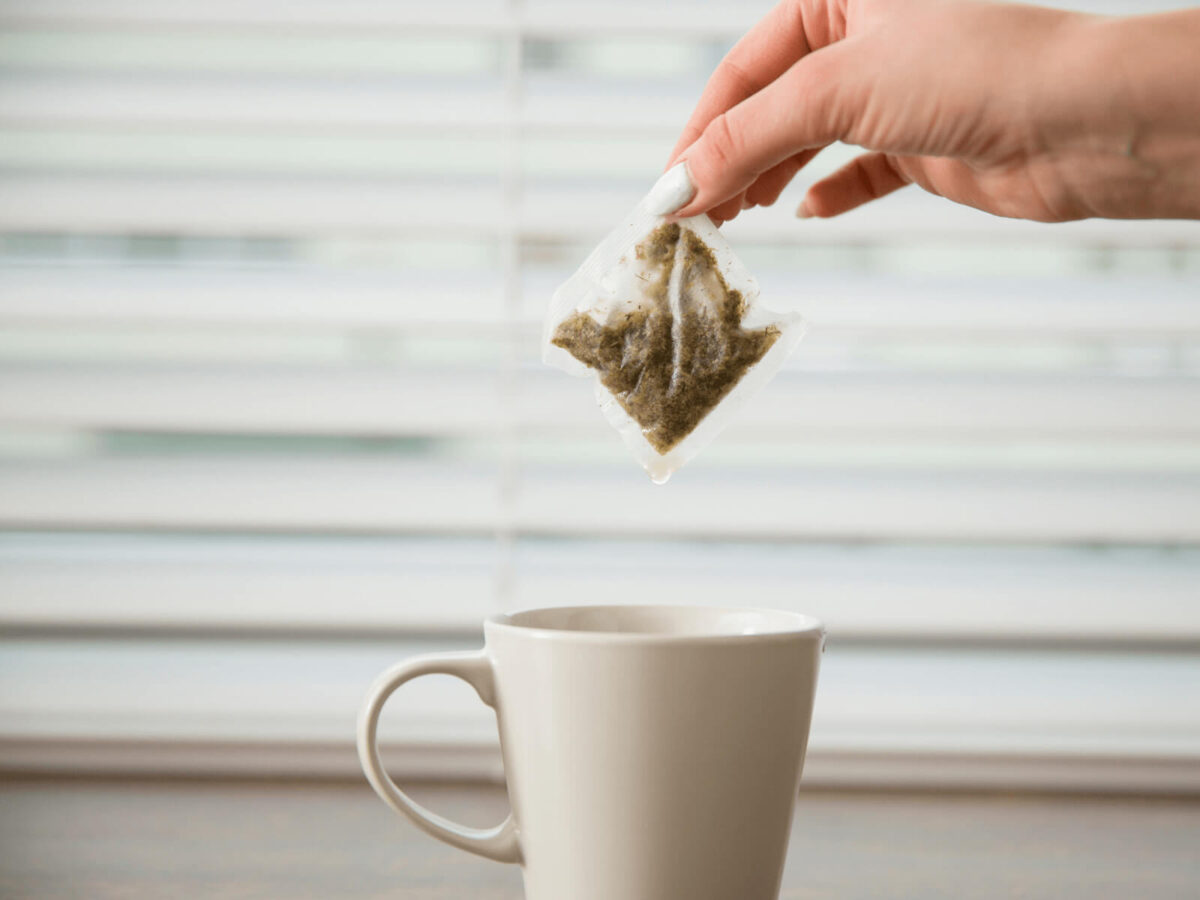Blog
Dental hygiene tips for healthy teeth & gums

Does Tea Stain Teeth, and How to Avoid It?
Ever notice your teeth look off, even when you brush every day? If you enjoy tea regularly, you’re not the only one. A lot of people don’t think twice about what tea might be doing to their smile. But over time, that favorite cup, especially black or green tea, can start to leave behind stains that don’t just rinse away. It’s one of those things that creeps up until you catch yourself wondering, Were my teeth always this color?
Thankfully, Tea stains on teeth removal is entirely possible, with the right habits and timely care.
Why Does Tea Stain Your Teeth?
Tea has these little compounds called tannins (they’re natural and plant-based). If you’re drinking tea a lot, especially the darker kinds, those tannins basically invite all the color in and let it stick to your enamel. Ever wonder if some teas are worse than others when it comes to stains?
Yeah, they totally are, and here’s how they stack up (roughly):
- Black tea: Probably the worst. It’s got the most tannins, so the stains run deep.
- Green tea: Less intense, but still a sneaky stainer, it can leave this weird grayish tint.
- Herbal or white teas: Milder, yeah, but drink enough and they’ll leave their mark too.
Even brushing regularly may not prevent staining if you’re a frequent tea drinker.
What Tea Stains Look Like on Teeth
Recognizing tea stains early can make a big difference. These are common signs that your teeth are being affected:
- Dull, yellowish, or brown discoloration
- Uneven tooth color, especially on the front
- Stains near the gum line or between teeth
- A lack of brightness, despite regular brushing
Once these signs appear, consider Tea stains on teeth removal strategies to avoid deeper discoloration.
Smart Habits to Prevent Tea Stains
1. Rinse right after tea (seriously, it helps): Just swish some water around your mouth. It helps wash off the staining stuff before it sticks, and it freshens your breath, too.
2. If it’s iced, use a straw: Sounds silly, but it keeps the tea from hitting your front teeth. Especially smart if you’re sipping on tea all day like a habit.
3. Throw in a splash of milk: Especially with black tea, milk cuts down the tannins. It makes the tea less harsh on your enamel. Plus, hey, extra calcium.
4. Don’t brush right away: Tea makes your enamel a bit soft right after drinking. Give it 30 to 60 minutes before brushing so you don’t scrub away the good stuff.
5. Snack on crunchy stuff: Apples, carrots, and celery are all like nature’s toothbrush. They scrub your teeth, boost saliva, and protect enamel naturally.
Brushing and the Best Toothpaste for Tea Stains
Brushing is a key defense against tea staining, but not all toothpaste is created equal.
Let’s be real, brushing is the most basic thing we all do for our teeth.
But if tea’s part of your routine, you’ve gotta be a little more intentional with it.
- Use a soft-bristled brush. It’s gentle and doesn’t wear down your enamel.
- Brush twice a day, maybe even after lunch if you’ve been sipping tea all morning
- Just don’t brush right after tea, wait for 30–60 minutes so you’re not brushing softened enamel
Picking a Toothpaste That Actually Works
Not all toothpastes are made the same, some are way better for dealing with tea stains than others. When you’re scanning the shelves, look for stuff that has:
- Gentle abrasives (like baking soda) to lift surface stains without wrecking your enamel
- Whitening ingredients, but the kind dentists actually recommend, not sketchy TikTok trends
- Fluoride strengthens enamel and helps your teeth hold up long-term.
Using the Best toothpaste for tea stains consistently can lift surface discoloration and help maintain a brighter smile. Pair it with daily flossing and mouthwash for even better results.
When to Visit a Dental Office for Help
Sometimes, at-home methods only go so far. When tea stains become too stubborn or widespread, it’s time to consider professional support.
Signs You May Need Dental Help:
- Stains persist despite brushing and rinsing
- Teeth look uneven or patchy
A visit to a Potranco Road Dental Office, TX can lead to options such as:
- Professional dental cleanings to remove plaque and surface stains
- In-office whitening treatments for deep discoloration
- Custom whitening trays for safe, controlled at-home use
- Microabrasion for particularly tough surface stains
Can At-Home Remedies Work?
DIY stain removers can be tempting, but not all are safe. Some common tricks can harm your enamel if used carelessly.
Popular At-Home Methods:
- Baking soda paste: Mildly effective, but abrasive if overused
- Hydrogen peroxide: Only safe in very diluted amounts
- Activated charcoal: Trendy, but may wear down enamel
- Whitening strips: Effective for mild stains, but may cause sensitivity
Always consult a dental expert, like a Potranco Road Dentist TX, before trying new whitening methods.
Lifestyle Tips That Support Whiter Teeth
In addition to oral hygiene, your overall habits play a role in preventing stains.
Everyday Adjustments:
- Drink more water throughout the day
- Avoid smoking, which worsens staining
- Limit other dark-colored drinks like red wine and cola
- Stay consistent with dental checkups
Final Thoughts
Whether it’s waking you up in the morning or just something to sip while scrolling, tea kinda just fits into the day, you know? But it can be rough on your teeth if you’re not careful. The good news? You don’t have to give it up completely. Just a few changes and stay on top of your oral care, and your smile won’t have to suffer for your tea habit.
If your teeth still appear stained despite your best efforts, it’s time to take the next step. Visit Potranco Road Dentist TX to explore professional teeth stain removal that’s safe, effective, and personalized for your needs.


